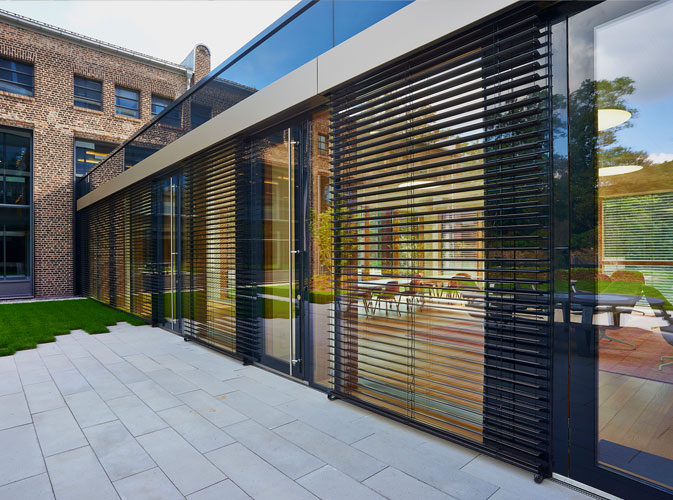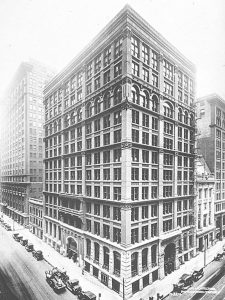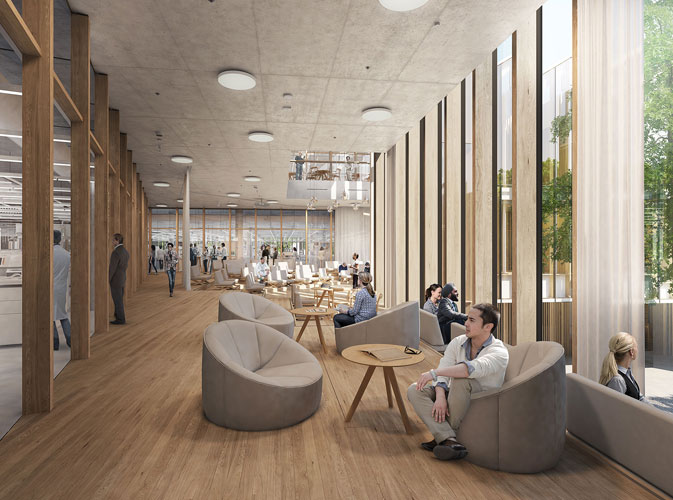Can curtain walling be made entirely of wood?
We just need quality wood products certified for structural use. The result: façades with greater beauty and sustainability.
Architecture began in the Neolithic period, when human beings were sedentary and started to adapt the spaces in which they were going to live. Like the prehistoric bone that Stanley Kubrick launched into the air and that came back transformed into a spaceship, between that moment and now, about 12,000 years have flown by.
Architecture has come into the XXI century as always: evolving, asking questions, seeking answers. It seems clear that the next milestone will be construction that respects the environment and protects the planet where future generations will live. In this new era of sustainable architecture, the materials used are key. And wood seems destined to be the essential building material.

Enovos, Luxembourg | Arch: Jim Clemes | Product: Oak glulam – curtain wall
Wooden curtain walling. The lightweight façade revolution is beautiful
The construction systems for façades have also evolved throughout history. As soon as human beings had mastered making glass, they included it in their buildings to protect from the climate and enjoy natural light. It was usually secured using wood.
The XX century connected glass with materials such as steel, aluminium and concrete, and thanks to the skyscrapers of York and Chicago curtain walling became a classic of architecture and popular imagination.

Home Insurance Building in Chicago | Arch: By William Le Baron Jenney | Photo courtesy of Wikipedia
Today, when the threat of climate change is more real than ever, architecture, as wise as nature, is returning to the past and opting for what is natural, for wood, to reinvent itself once more and make sustainable curtain walling possible.
Quality and strength thanks to the only oak glulam beam in the world with the CE marking for structural use
In addition to being an ecological and sustainable material, the VIGAM range by GRUPO GÁMIZ consists of the only glulam beam in the world with the CE marking for structural use.
This means that architects can include them in their projects to build one hundred percent wooden curtain walling. The result is a beautiful, natural and warm, welcoming and fully sustainable interior, a long way from barely ecological conventional materials such as aluminium and steel.

Cambridge UK | Arch: Herzog & de Meuron | Product: Application of curtain wall – Oak glulam
A sustainable, effective and creative alternative
Its virtues of thermal and acoustic insulation are, for example, further advantages of opting for quality certified wood in architectural projects that seek energy efficiency.
Wood has always been with us. And it always will be if we complete the circle of sustainability and the circular economy. The good news is that, if the wood products used are objectively good, architects can continue to give free rein to their imagination without renouncing strength, resistance, design or creativity, while fulfilling their responsibility of reducing the environmental impact while they work.

